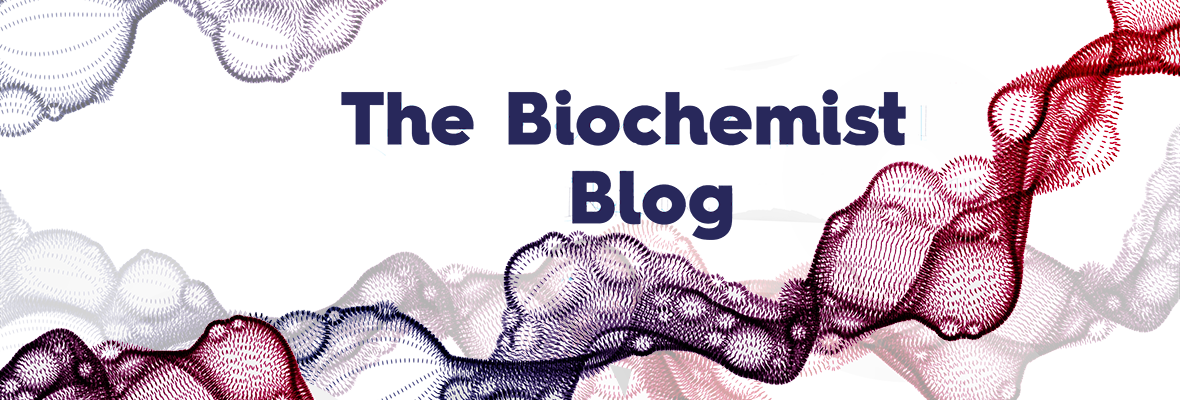By Dorieke Grijseels, University of Sussex
February marks LGBT history month, a month in which we remember and celebrate lesbian, gay, bisexual, transgender history. It is great to see the lists of many important figures in LGBT history appearing on blogs and social media. As a scientist, one thing that strikes me, is that the lists rarely includes more than one or two scientists.
When asked to name LGBT scientists, most people will know about Alan Turing, a prominent computer scientist who helped Britain win WWII and who was prosecuted for being gay after the war ended. Some might have heard of Ben Barres, a neurobiologist from Stanford who sadly passed away recently. Besides his amazing work on glial cells, he was known for his feminism and work for women in science. But that’s usually it. Nobody I asked could think of any other openly LGBT scientist. You might ask yourself, why does it matter? As long as the science is good, do we care whether the scientist is LGBT?
Why we need LGBT scientists
One reason we might care is that people who have had different experiences can provide a unique point of view. Ben Barres is a great example of this. Because he was transgender, Ben Barres contributed to the discussion on women in science and how they are treated in a way few people could. After all, he had experienced science both as an assigned female and as a male. Scientists from diverse backgrounds, including women, black and minority ethnic and LGBT scientists, all contribute to science in a unique way. And this should be celebrated.

Which brings me to my second point, LGBT people should have a safe place in science. Even though Alan Turing was a great scientist, his story does not reassure LGBT students that science is a safe place for them. A great way to create a safe space is by having openly LGBT scientists talk about their experiences and their science. Positive stories of LGBT scientists, especially those who are lesbian, bisexual, transgender, or identify in a way that doesn’t fit neatly in any of the four letters, are hard to find. Luckily there are some examples, like Polly Arnold, a successful professor of chemistry at the University of Edinburgh, and openly bisexual. She won the Rosalind Franklin Prize for her achievements as a female scientist as well as the University of Edinburgh’s Chancellor’s Prize. She’s also one of only two living female scientists on the Wikipedia list of LGBT scientists in the UK.
Lastly, and most importantly, scientists are people. They like to talk about their personal life with their colleagues and friends at work. Being able to share personal experiences usually makes for a better work environment, which makes for better scientists and better science. Sometimes, the personal lives of scientists might even inspire the work they do. Professor David K. Smith’s research on Self-Assembled Multivalent complexes was inspired by the complications his husband experienced with heparin, a blood thinner commonly used during surgery. His husband’s story, and thus him being gay, is an integral part of his science.
UK initiatives
Luckily, there are some great initiatives, both on a university and UK-wide scale, that aim to ensure diversity of people in science as well as showcasing the amazing science carried out by LGBT scientists. LGBT STEM organises a seminar each year where LGBT scientists give talks on their research topics. Stonewall does great work in making workplaces, including universities, more LGBT-friendly through their Diversity Champions programme. Many universities have their own LGBT societies, either for students, staff or both.

We are trying to do our part at the University of Sussex through our project ‘Out and About STEM’, funded by the Biochemical Society. We will be incorporating LGBT visibility in our outreach. Through outreach activities scientists are able to connect with people from all different ages, backgrounds and walks of life. Undoubtedly some of them will be LGBT. By visibly presenting ourselves as LGBT scientists, we hope to inspire young LGBT peoples’ interest in science, and show that it is also for them. We further aim to make the university a more inclusive place by producing a guidance document on using gender neutral and inclusive language. We hope that our activities will help make science a place where everybody feels welcome, and will ultimately make the science itself better.

